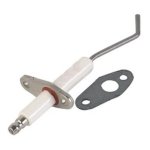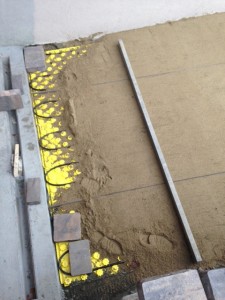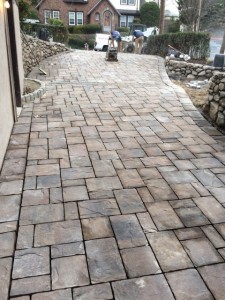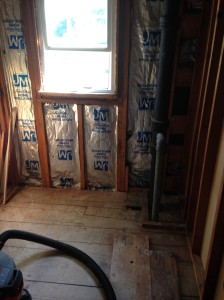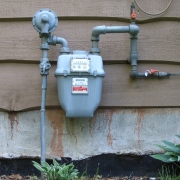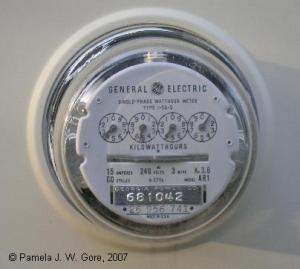Today’s new high efficiency boilers are all the craze due to their energy saving potential. Manufacturers such as Burnham, Viessmann, Navien, HTP just to name a few, all have their flagship condensing boiler that are 90% efficient and above. These systems offer many benefits to customers, but also need more maintenance than older boilers.
1.) This is what the inside of a heat exchanger looks like and where the combustion takes place. The brown residue is the byproduct of the extreme temperatures which generates the heating of the water.
2.) Due to the extreme heating and cooling of the heat exchanger, condensation begins to form. The condensate trap needs to be cleaned annually to prevent clogging.
3.) The next byproduct of the condensate is that it is very acidic and can cause pipes to rot if not drained properly. New boilers need to be equipped with neutralizing tubes which help balance the condensate’s pH level and allows for safe drainage.
4.) Flame sensors and igniter rods need to be replaced every few years due to the day to day wear and tear from the boiler firing. Without a working flame sensor your boiler will not turn on.
5.) The air intake pipe or vent could be clogged causing your system to occasionally stall out or lock out which will leave you without heat or hot water.
Think about scheduling your annual service with your plumbing contractor sooner than later, so your not left scrambling on a cold winter night because your boiler isn’t working correctly.




